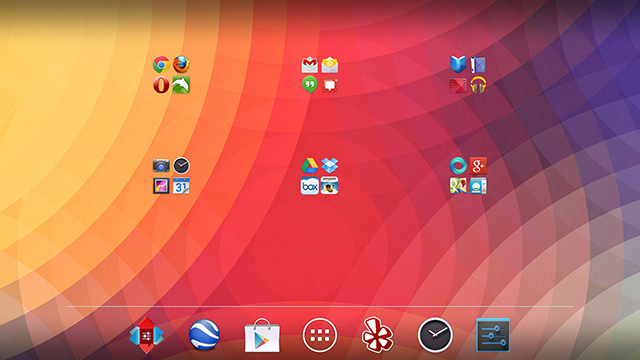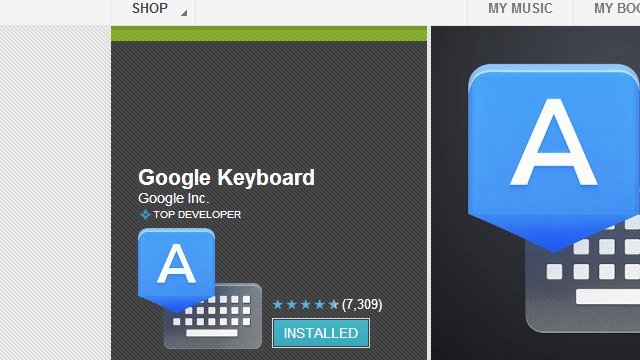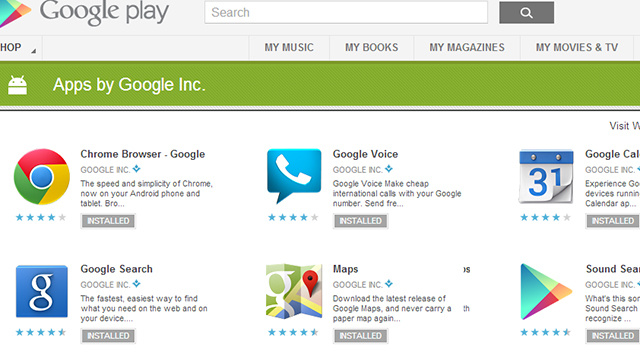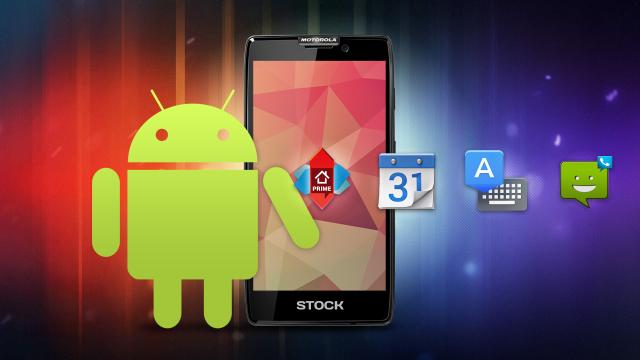Google has begun selling stock Android versions of popular handsets from major manufacturers — but only in the US. You can still get the stock experience though, and you can have it without rooting your device.
Obviously, the nuclear option is to root your phone and install a custom ROM based off stock Android, such as CyanogenMod. We highly recommend doing this, in fact — but if that sounds too work-intense or intimidating, you can still get pretty close without risking your warranty or reading a single guide (well… aside from this one).
Get a New Home Screen

Your home screen is like your… well, like your home. Technically, the app that contains your home screen is called the launcher, and it also includes your app drawer and widget selector. Manufacturers skin this pretty heavily. For example, HTC’s new BlinkFeed feature is built in to the launcher.
Apps such as Nova and Apex Launcher are custom launchers that are very similar to the Google-y default. They do add some new features, like changing icons (which we’ll get to in a bit), but they’re very similar to the stock Android experience if you want them to be. They have their own dedicated set of preferences to tweak such things as animations or number of home screens. In fact, it’s actually better than stock Android — it gets you the stock look with a bunch of other features so you can tweak things to your liking.
Replace the Keyboard

This one’s a slam dunk, since Google recently released its keyboard on the Play Store. You can replace the keyboard on your device with any number of alternatives, but if you want the stock version, it’s available right here.
The bad news is that this will require Android 4.0+ and is only for English-speaking countries right now. If you happen to be stuck on an older device or in a region that isn’t supported, you can download the APK separately. Of course, this will not come with updates and may not work perfectly. You’re on your own if you go down this road. You also can’t go wrong with keyboard alternatives like SwiftKey or Swype, even though they’re not stock.
Download All the Google Apps

For the most part, you’re probably already using some regular Google apps. Gmail, Hangouts and Maps, for example, typically come pre-installed on every phone, or are at least the best available option. However, you’re probably using some skinned versions of basic apps like the calendar. If you want to get as close to stock as possible, you’ll need to add a couple of things.
For starters, Chrome is now the default browser on new devices. Google Calendar is also available to replace the skinned versions your manufacturer included.
Unfortunately, without rooting, you’re still left with a few gap: the dialler, People, Camera and Gallery apps are still siloed within official Google builds, but alternatives exist for nearly all of them (for example, we like JustPictures and QuickPic better than the default Gallery app anyway). Also keep in mind that your manufacturer has probably made extensive tweaks to the camera app that you’d want to keep. For example, the HTC One introduces a host of custom features that the stock camera app doesn’t include. In this situation, going pure Google does have its trade-offs.
Tweak the Icons and Wallpapers
It’s just not stock Android without the right icons and wallpapers. The latter is super easy to find as your backgrounds were always meant to be customisable, so it’s just a matter of downloading the right image files. Typically, XDA will have the new ones available pretty quickly.
Live wallpapers get a bit trickier as they’re not necessarily universally compatible. You can find helpful posts where selfless internet citizens have gone to the trouble of ripping APKs of stock live wallpapers. These might be more of a crapshoot in terms of compatibility, but search around for your specific device and LWP you’re looking for and you may get lucky.
Icons are similarly complicated, although mainly due to the launcher. Icon packs are often designed to work with Nova, Apex, GO Launcher, ADW or any number of alternative launchers. If you downloaded the stock Google apps in the last section, then you’re probably set, but the sticklers can typically find the last few remnants on the Play Store or in the XDA forums. Just download the icon pack to your device, install it (if it’s an APK), then head into your launcher’s settings and change your icon pack to the one you downloaded.
Don’t Forget the Kitchen Sink
You may not be aware of it — and to a certain extent you don’t need to be, as much of this happens behind the scenes — but Google has been working to bring the stock experience out in the open. The biggest piece of that puzzle is Google Play services. You may or may not recognise it, but this is a crucial piece of the Google ecosystem that can be updated independently of a whole OS update.
This became especially clear at Google I/O this year when Google introduced a host of new features, and there was no mention of a new version of Android. That doesn’t mean you don’t get new features though. Synchronised notifications, better location tracking, and all those sweet new gaming features are all part of an update to the new Google Play Services.
You don’t really have to do much of anything to keep this part updated. However, if you want the purest Google experience you can get, this is where the magic is probably going to happen from here on out. It will update behind the scenes and developers will tap into, sometimes without you ever seeing it happen. Don’t be worried or freak out over any permissions it requests. This is just the new delivery system for key Android components.
Google is attempting to separate Android from its services. The slow operating system updates cause breaks in the platform that have led to a somewhat chaotic ecosystem. With Google Play Services, combined with the unbundling of key apps like Calendar or the keyboard (which actually began with Google Maps way back in Android 2.0), the broader plan is to make the Android version you’re running entirely irrelevant. It wasn’t possible two or three years ago, but now you can get almost entirely stock Android just by downloading a few apps.

Comments